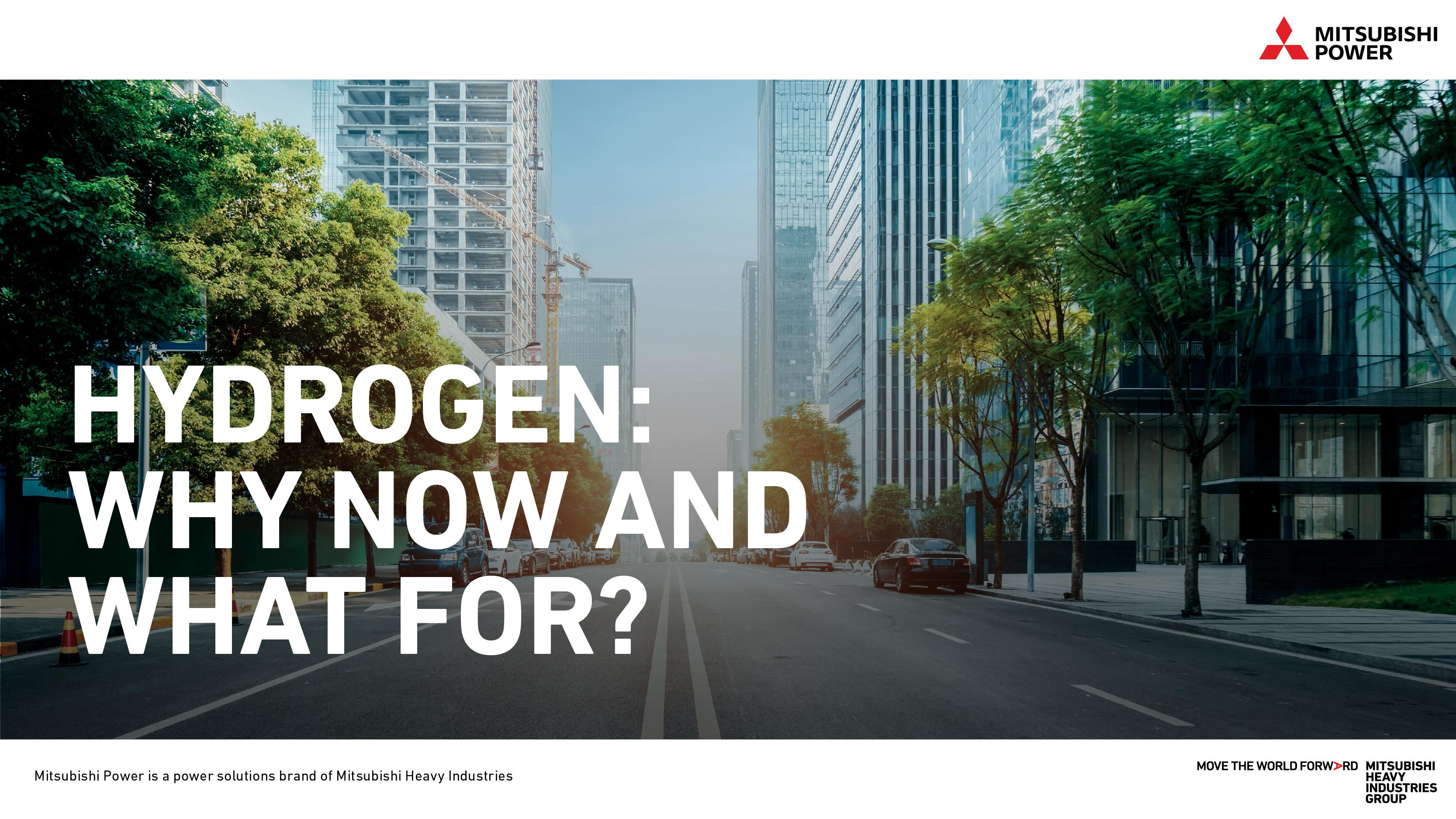
INSIGHTS
Understanding the Realities of Hydrogen: Key Insights from the IEA Report

The IEA’s recent report on hydrogen signals a need to accelerate progress
Hydrogen holds transformative potential as a clean, versatile energy carrier – but unlocking that potential is complex. As hydrogen’s role in the energy landscape continues to evolve, understanding the hurdles to adoption and opportunities that lie ahead is essential.
The IEA’s Global Hydrogen Review 2024, released in October, offers a road map and a reality check. It confirms what we’ve seen thus far: the energy transition is underway, but progress is too slow to meet net-zero by 2050, which the Paris Agreement outlined as necessary to limit the rise in global temperatures at 1.5 degrees Celsius above pre-industrial levels.
The report comes at a pivotal moment in U.S. energy policy, just as a new administration that’s expected to prioritize an ‘all of the above’ energy policy prepares to take office. Although changes in energy policy can affect the pace of the energy transition, hydrogen’s adoption is rooted in economics. However, when market incentives are established by policy, they can play a pivotal role in jumpstarting efforts to provide power. 2025 will see the introduction of the US’ first major hydrogen production market incentive with the finalization of rules for Section 45V Credit for Production of Clean Hydrogen in the Inflation Reduction Act. The final rules for the tax credit are designed to provide additional clarity and investment certainty to the clean hydrogen industry as it establishes a foothold in the US energy mix.
According to the IEA, producing renewable hydrogen today is still costlier – typically 1.5 to six times more expensive – than hydrogen from unabated fossil fuels. Despite incentives like the Inflation Reduction Act, which established production tax credits to create a market for hydrogen, workforce shortages, infrastructure gaps, and insufficient tax incentives limit development and adoption. Creating tomorrow’s energy landscape requires addressing these barriers with a clear, committed vision for a sustainable, scalable hydrogen future.
Gaps in demand and demand-side support
Hydrogen offers numerous advantages, from decarbonizing fuels to ensuring electrical grid resource adequacy through long-duration storage. But, as the report highlights, hydrogen demand remains concentrated in refining and industry applications, where it has been used for decades. Its adoption in new applications, such as heavy industry, long-distance transport, and energy storage, accounts for less than 1% of global demand. These sectors remain deterred by the new technology and infrastructure required for adoption, which all impact the ultimate cost of use.
Offtakers are hesitant to commit to hydrogen without a clear market demand, and producers are reluctant to scale up without guaranteed offtake agreements.
Across all industries, increasing demand-side incentives will help boost adoption. Currently, assistance is uneven: of the roughly $100 billion in government policy funding for low-emissions hydrogen adoption announced over the past year, supply-side support is 50% larger than on the demand side.
The lack of incentives for demand creates a “chicken and egg” scenario, where potential offtakers are hesitant to commit to hydrogen without a clear market demand, and producers are reluctant to scale up without guaranteed offtake agreements. At this point, there are few alternatives if the contracted hydrogen supplier cannot deliver. This high risk results in offtakers either easing into hydrogen use or waiting for it to become more well-established so there are safeguards.
Electrolyzer impact on green vs. blue hydrogen production
Turning from demand to production, some areas of the hydrogen ecosystem – like electrolyzer capacity – are growing. Electrolyzer installation capacity has increased ninefold since 2021. Electrolysis, when powered by renewable energy sources, generates green hydrogen, a clean fuel with no carbon emissions. In fact, most of the recent growth in low-emissions hydrogen production and capacity has been driven by electrolysis projects.
But electrolyzer costs are not decreasing as anticipated. Instead, they are rising, further widening the gap between green and blue hydrogen, making blue hydrogen even more economically attractive through the end of this decade. As a result, the growth in electrolyzer capacity is unlikely to scale enough to reduce costs significantly and close the gap.
“For the full project pipeline to materialize, the sector would need to grow at an unprecedented compound annual growth rate of over 90% from 2024 until 2030.” – IEA, Global Hydrogen Review 2024
Unpacking the project pipeline
Beyond the cost implications for electrolyzer deployment, production is limited in some areas of the hydrogen ecosystem due to a slow-moving project pipeline. Much of hydrogen production is still in the planning or earlier stages. The concentration of early-stage projects means that, according to the IEA, “For the full project pipeline to materialize, the sector would need to grow at an unprecedented compound annual growth rate of over 90% from 2024 until 2030, well above the growth experienced by solar PV during its fastest expansion phases.”
The report estimates that low-emissions hydrogen could reach 49 Mtpa by 2030 but if early-stage development projects are excluded, this figure is nearly cut in half to 26 Mtpa by 2030. The number of projects at this stage and the time needed to develop (roughly five years from concept to commercial operation date for large complex ventures) makes it difficult to hit anticipated growth targets. To address this, the industry needs to focus on moving existing projects further along, versus starting from the ground floor.
There are numerous existing projects in the works and on track, including one that aims to ensure a reliable hydrogen supply to meet increasing demand. In a joint venture with Chevron U.S.A., Mitsubishi Power is helping construct ACES Delta in Utah. The project uses renewable energy to electrolyze water, storing up to 11,000 metric tons of green hydrogen in underground salt caverns so that it can be used to power communities in the Western United States. ACES Delta is expected to be one of the world’s largest hydrogen production and storage facilities and serve as an early industrial- and utility-scale model for others.
Creating a hydrogen ecosystem of the future
The IEA’s Global Hydrogen Review 2024 provides a sobering reality: balancing hydrogen demand and sustainable supply and production remains a challenge. Building a robust hydrogen market will require coordination across government, technology, and industry, plus a steadfast commitment to accelerating the energy transition while delivering reliable, affordable, and increasingly clean energy to communities worldwide.
The path to a hydrogen-powered future may take longer than hoped, but it’s a journey worth investing in for the security, sustainability, and opportunity it promises for future generations.
At Mitsubishi Power we’re in a position to innovate in decarbonization, foster new strategic collaborations and commercialize new solutions – all of which will empower the world to reach net zero goals in 2040 or sooner.



